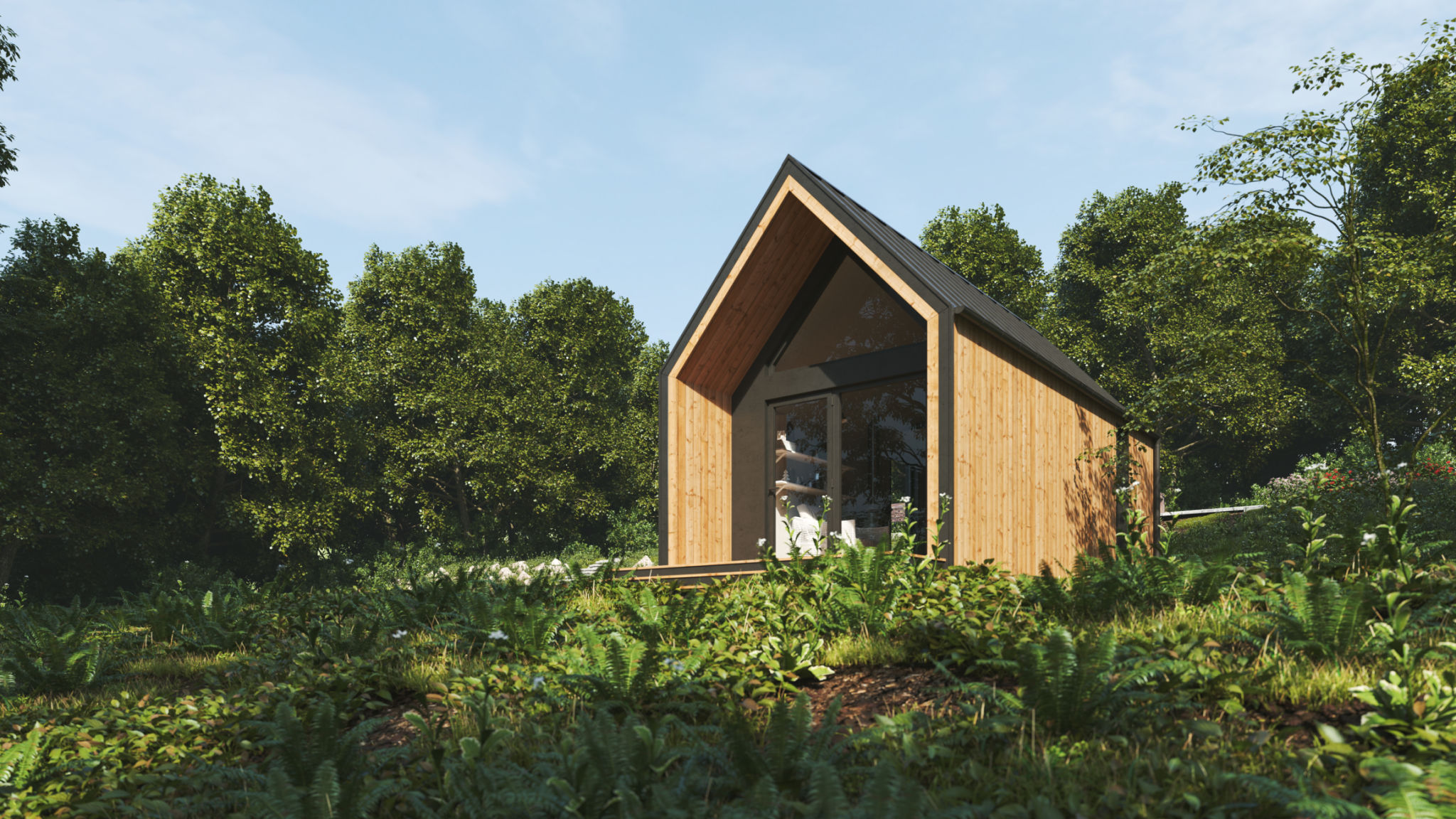Biophilic Design: The Key to Sustainable and Healthy Homes
Understanding Biophilic Design
Biophilic design is a revolutionary approach that integrates nature into the built environment, promoting a deep connection between humans and their surroundings. This design philosophy emphasizes the importance of natural elements in creating sustainable and healthy living spaces. By incorporating natural light, greenery, and organic materials, biophilic design not only enhances the aesthetic appeal of homes but also improves the well-being of its inhabitants.
The core principle of biophilic design lies in its ability to mimic natural environments. This approach seeks to create spaces that are not only beautiful but also conducive to mental and physical health. Research has shown that exposure to nature can reduce stress, improve mood, and increase productivity.

Elements of Biophilic Design
Biophilic design encompasses various elements that work harmoniously to bring nature indoors. These elements include:
- Natural Light: Maximizing the use of natural light is crucial for creating a bright and inviting atmosphere.
- Greenery: Incorporating plants and living walls introduces fresh air and a sense of tranquility.
- Natural Materials: Using materials such as wood, stone, and bamboo adds warmth and texture to the space.
These elements are not just about aesthetics; they serve a functional purpose by enhancing air quality and providing a calming environment. The use of water features, for instance, can introduce soothing sounds that mimic the tranquility of nature.

The Benefits of Biophilic Design
One of the most significant advantages of biophilic design is its impact on health and well-being. Homes designed with biophilic elements have been found to reduce stress levels, lower blood pressure, and improve concentration. This is particularly important in today's fast-paced world where mental health has become a critical concern.
Sustainability is another key benefit. By integrating natural elements, homes can reduce their reliance on artificial lighting and climate control systems, leading to significant energy savings. Additionally, the use of sustainable materials minimizes environmental impact, making biophilic design an eco-friendly choice.

Implementing Biophilic Design in Your Home
Embracing biophilic design in your home doesn't require a complete overhaul. Simple changes can make a significant difference. Start by introducing more plants into your living spaces or rearranging furniture to allow more natural light to flow through your home. Consider using eco-friendly materials when renovating or redecorating.
Another idea is to create outdoor living spaces that blend seamlessly with your indoor environment. These areas can serve as retreats where you can relax and unwind while enjoying the benefits of nature.
Conclusion
Biophilic design offers a promising solution for those seeking sustainable and healthy living environments. By bridging the gap between nature and architecture, this design philosophy not only enhances the aesthetic appeal of homes but also promotes well-being and environmental sustainability. Whether you're building a new home or updating your current space, incorporating biophilic elements can transform your living environment into a harmonious sanctuary.